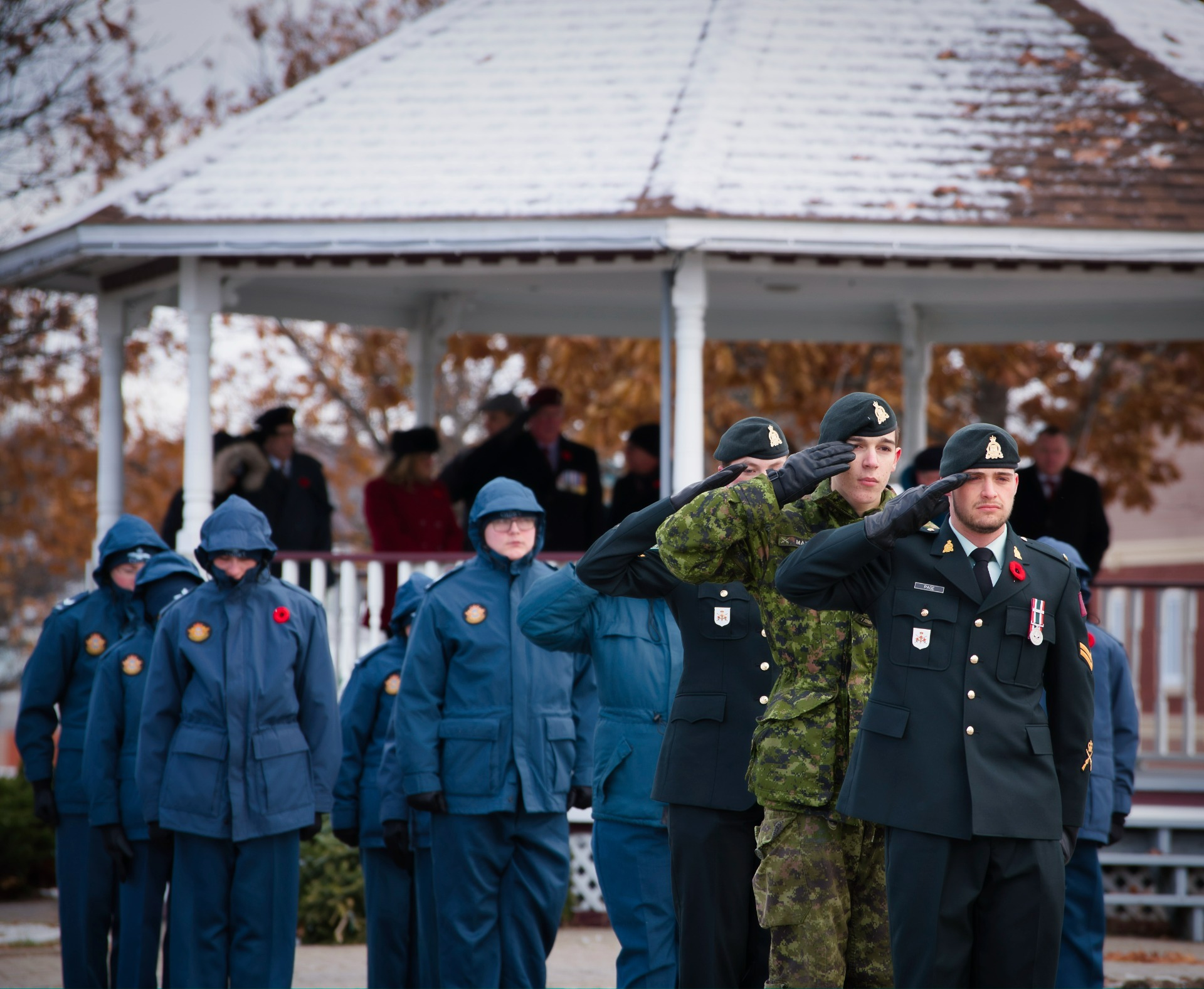
Broadway Boulevard / Cenotaph / Fort Carleton
The Broadway Boulevard
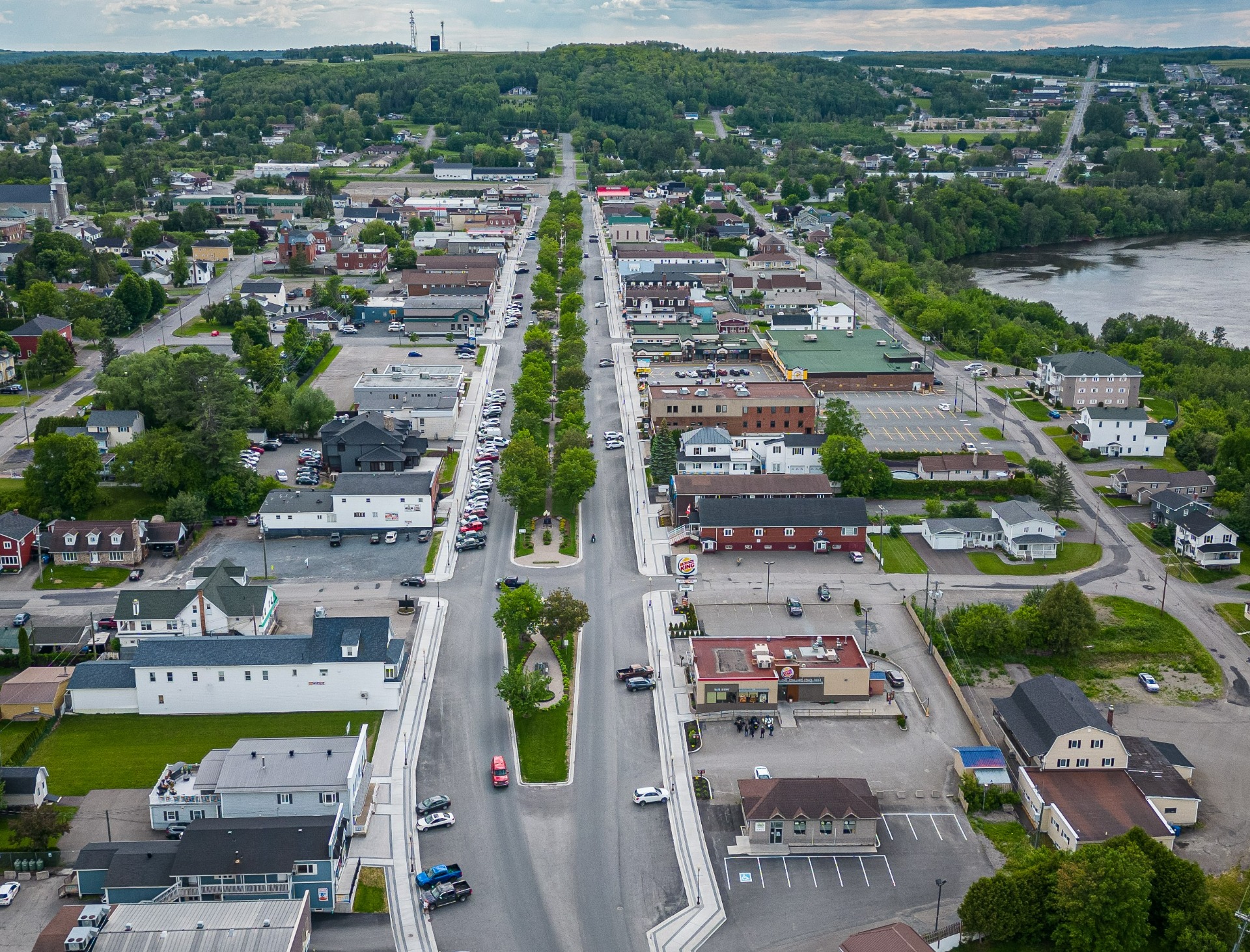

The Broadway Boulevard has a special character featuring the widest main street east of Winnipeg.
Width: 38 m (125 feet)
Length: 1.2 km
Our downtown will impress you with its shops, restaurants, flower gardens, rest areas and historical heritage. Welcoming thousands of tourists each year, discover the uniqueness of our Broadway Boulevard.
Built in 1939
It was originally used for concerts and public speakers.
In December, you can enjoy listening to Christmas carols and children can come for a meet-and-greet with Santa Claus.
Broadway Boulevard History
The Broadway boulevard was initially used as a training and parade ground for soldiers. It wasn't until the 1930s that it was developed into a proper boulevard.
Broadway Boulevard went under construction in 1931. Its construction was a controversial issue, with some people suggesting merely a 30 foot concrete strip in the center from Main Street to the steel bridge, while others favored a full-fledged boulevard.
Construction was undertaken during the Great Depression, in order to create employment for local workers. The town was responsible to pay $18,000 of the total cost while the government was to pay the remaining amount. The final cost for the project was $36,000.
source: Grand Falls Yesterdays, Margaret Marceau
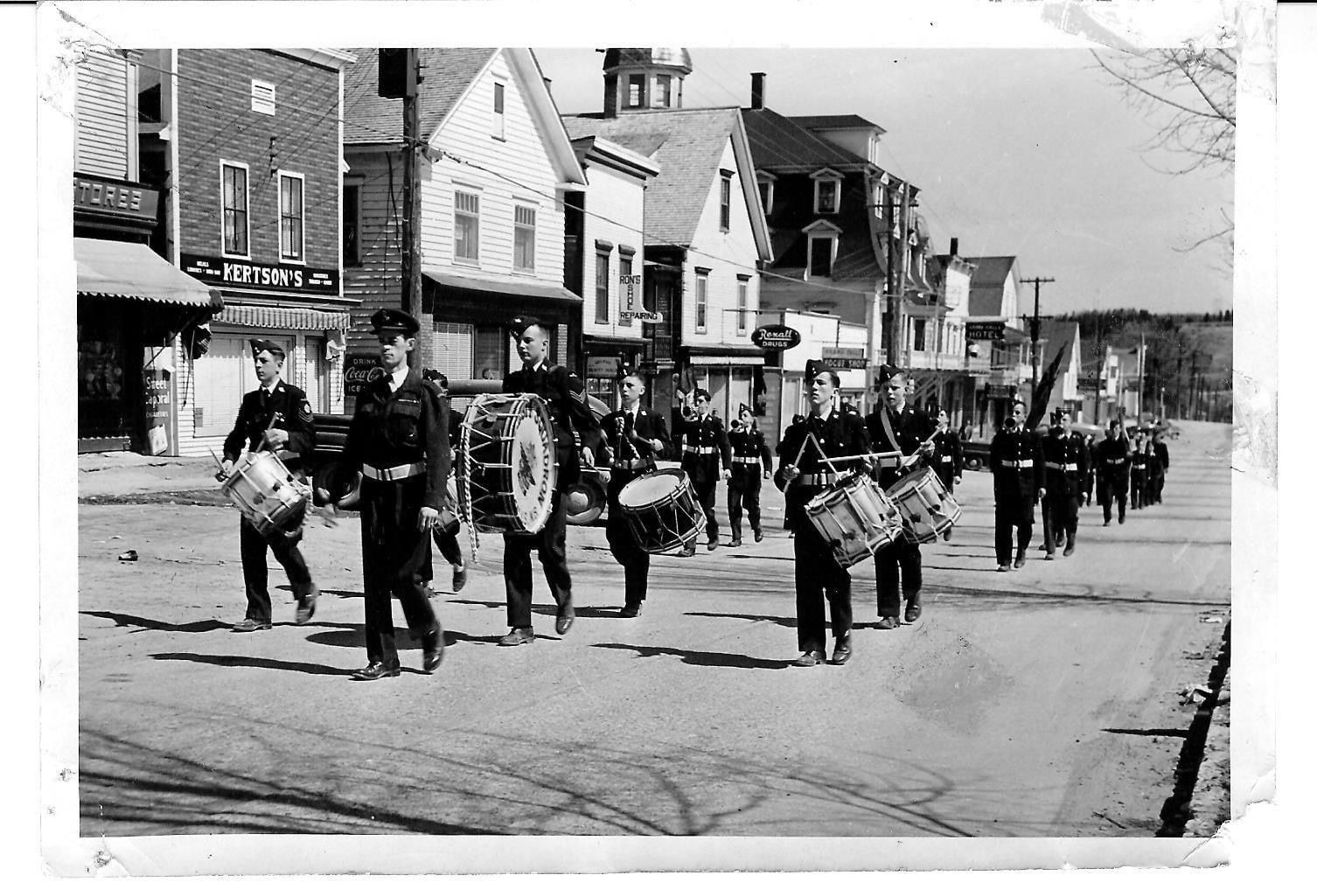
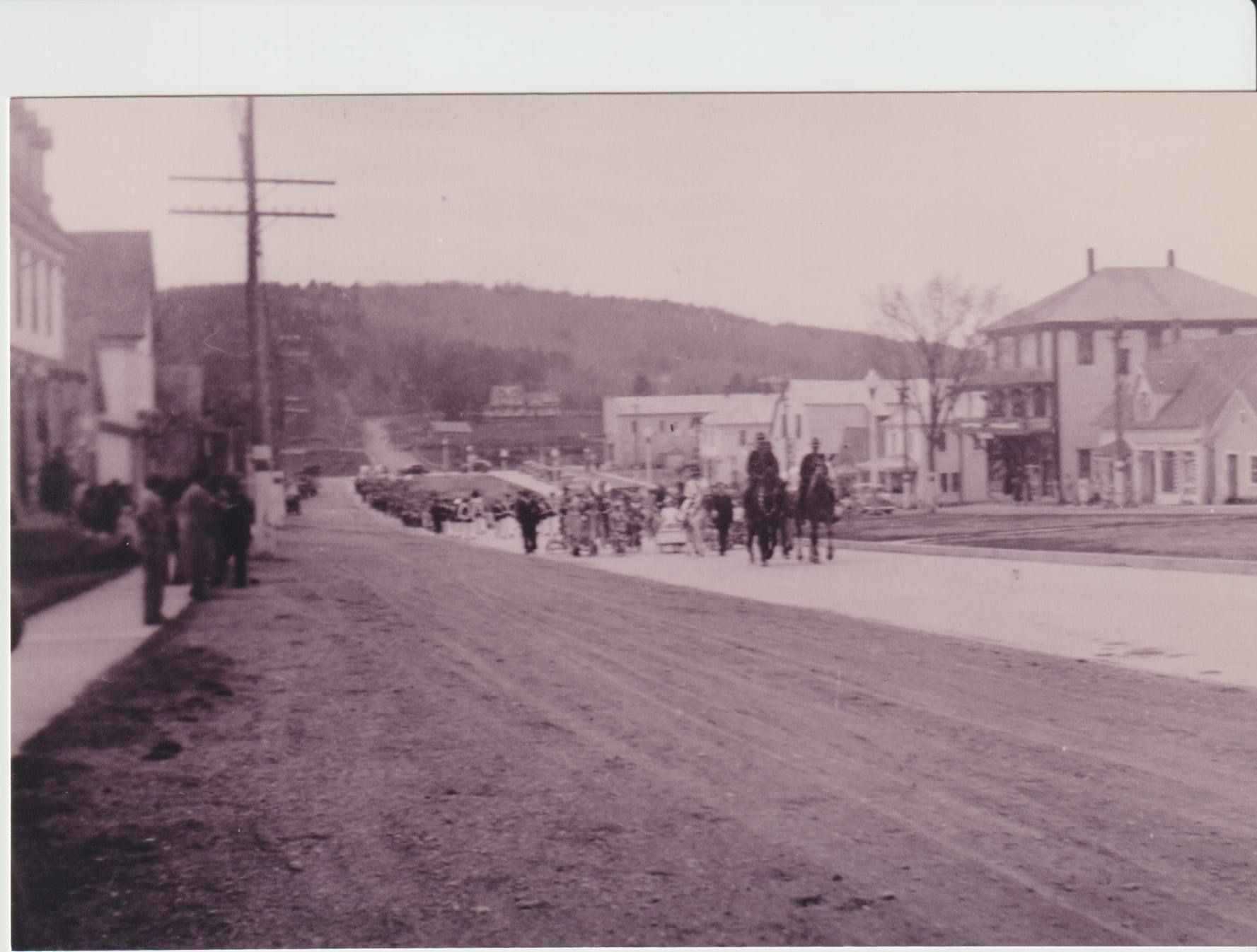
The Cenotaph

Prior to the construction of the boulevard, our impressive cenotaph stood to the side of Broadway in front of what is now the Bank of Montreal.
The monument was erected in 1929 to honor those who were killed in action during World War I (1914-1918).
After World War II, the names of those who died in the conflict were added to the monument. (1939-1945).
All repairs to this monument are undertaken by the Royal Canadian Legion Branch #21.
The grounds are maintained by the municipality.

Fort Carleton
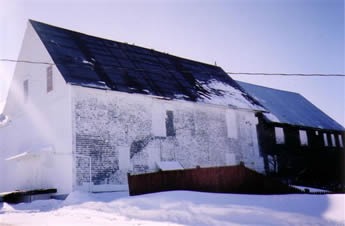
In 1791, Thomas Carleton, then Governor General of New Brunswick, built and established a military post on Broadway Boulevard, which was named after him, the Fort Carleton.
Originally the military post occupied about 158 acres of land.
Carleton had constructed half a dozen squared log buildings alongside the well-known portage that crossed the narrow neck of land separating the upper and lower basin of the Saint John River. The purpose of those buildings was to warn people of the danger along the falls & gorge.
A military post was rebuilt in 1839 with the construction of three log houses to accommodate 210 men. A house for a kitchen and a private home were also built.
Later, he built a building for management, barracks, and a building for firearms. This whole concept was surrounded by a wired fence.
The first troop to occupy the post were solders from the 6th Regiment.
The year 2012 marked the 200 year anniversary of the start of the War of 1812, a conflict essentially between British colonial power in North America and the United States of America. The War of 1812 nevertheless did have a significant impact on Grand Falls as well as New Brunswick.
In the early 1820s, the station was abandoned after the military moved out of the fort and it is at this time that the government stopped supporting them.
The last troop left Grand Falls in 1848.
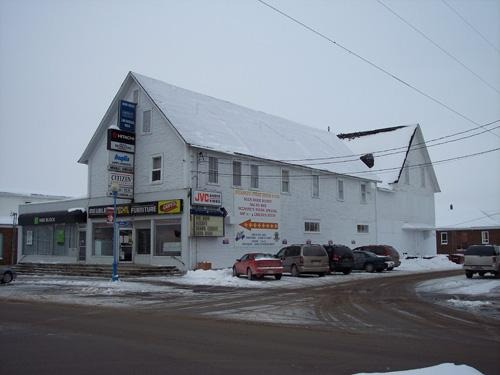

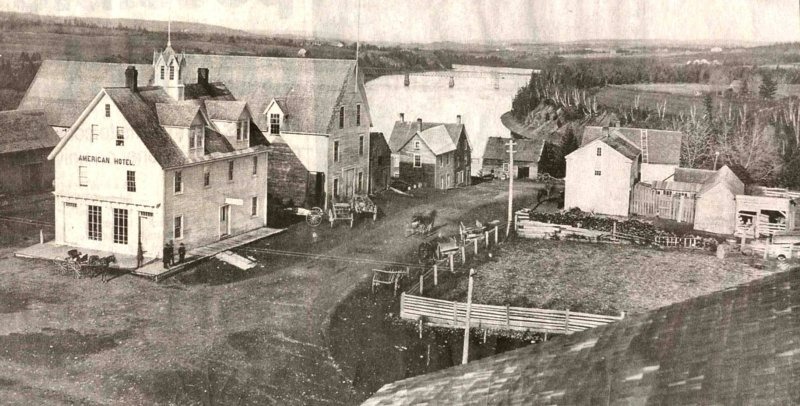
-1hsyids.jpg?alt=media&token=ebec3171-0bf5-4d81-a028-a4e51174983d)
